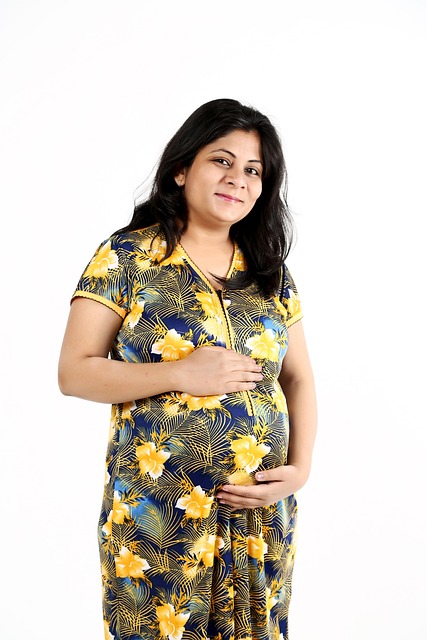“Do you remember that?” Jake asks, raising an eyebrow. “We’re definitely from the same generation.”
The ongoing debate in our household revolves around whether we both belong to Generation X. My husband was born in 1964, while I came along in 1979. Some might argue that he’s on the tail end of the Baby Boomers and I’m an early Millennial. Regardless of the generational labels, we both feel a strong connection to Gen X. Our age gap doesn’t feel significant—my husband doesn’t share the same generational mindset as my Baby Boomer parents, and I don’t identify with the Millennial perspective of our nieces and nephews or my younger siblings.
Reflecting on our shared cultural experiences serves more than to comfort him about any concerns he may have about the age gap or my worries about caring for him as he ages. It’s a reminder of the era that shaped us both in similar ways. Here are five reasons we functionally belong to the same generation:
1) The Fear of Nuclear War
We both lived through the fear of nuclear war. Although the Cold War wasn’t as pressing during our childhoods as it was for my parents, both of us felt its shadow. Jake remembers the chilling moment when Reagan joked about “outlawing Russia,” while I feared that one day he might impulsively push “the red button” to start World War III. Our younger siblings, who are firmly in the Millennial camp, have no memories of that era’s anxieties.
2) Post-Vietnam Era Stories
Growing up in the post-Vietnam era, we both heard our dads recount stories about dodging the draft. Jake’s Republican father managed to avoid serving due to his medical profession, while my stepdad and father, both California hippies, escaped the draft in different ways—one with a high number and the other as a conscientious objector. Unlike the Boomers around us, we are a generation distanced from that direct experience.
3) The AIDS Epidemic
Both of us became sexually active during the AIDS epidemic, carrying the weight of fear that came with it. We remember the somber reality of getting tested before committing to a partner—not just due to the usual concerns about STDs but with a genuine fear of an HIV positive diagnosis. Our Millennial siblings don’t carry that same sense of dread, as advancements in medicine and awareness have transformed the landscape.
4) Shared Pop Culture
We both enjoyed shows like Three’s Company and listened to iconic bands such as The Cure, Duran Duran, and U2. We shared the thrill of REM’s album Automatic for the People being released on that vibrant yellow cassette tape. Even in our separate teenage years, we experienced the same pop culture environment.
5) Typewriters and Technology
We both wrote research papers on typewriters—up until high school for me—and neither of us used the “World Wide Web” before graduation. In fact, I recall my senior year when one of my housemates suggested we get a shared house cell phone. The rest of us laughed it off, thinking it was unnecessary. In hindsight, that seems ridiculous! Fortunately, we’re not as technologically challenged as our parents, though we occasionally turn to my younger siblings for a bit of tech support.
So, while my husband and I share a 15-year age difference, the experiences that shaped us make that gap feel minor. Until, of course, dementia comes into play and affects his memories, but that’s a concern for another day, right?
For those intrigued by starting a family, you can explore more about at-home insemination kits here, or discover how to boost fertility with helpful supplements here. Additionally, for more information on intrauterine insemination, check out this excellent resource here.
In summary, while our ages differ, the cultural moments that defined our youth create a bond that transcends time. It’s a reminder that shared experiences can often outweigh age differences.
Keyphrase: Generation X connection
Tags: [“home insemination kit”, “home insemination syringe”, “self insemination”]
